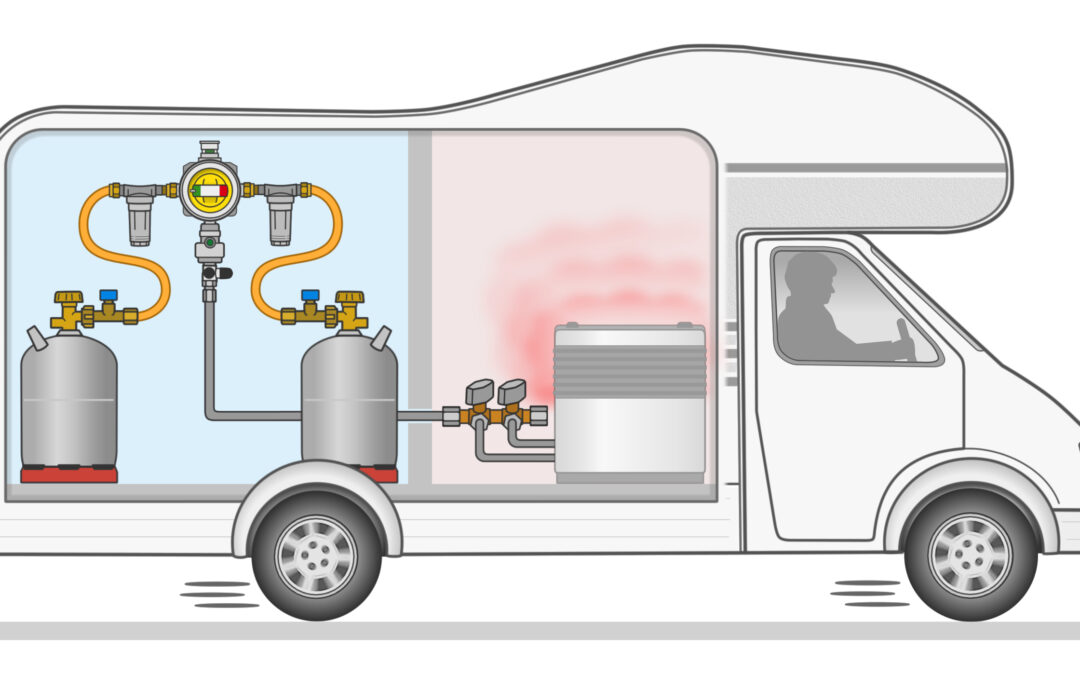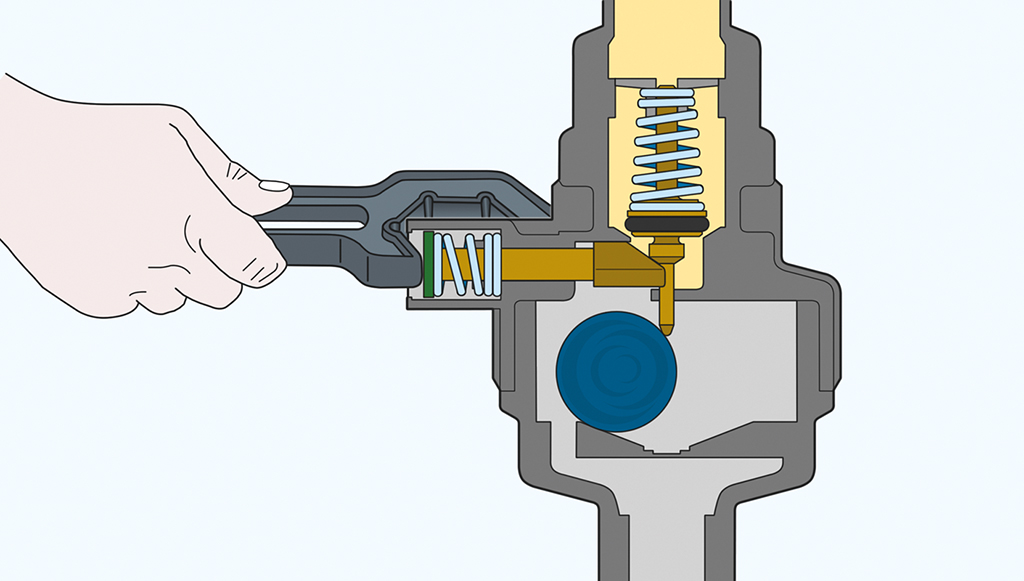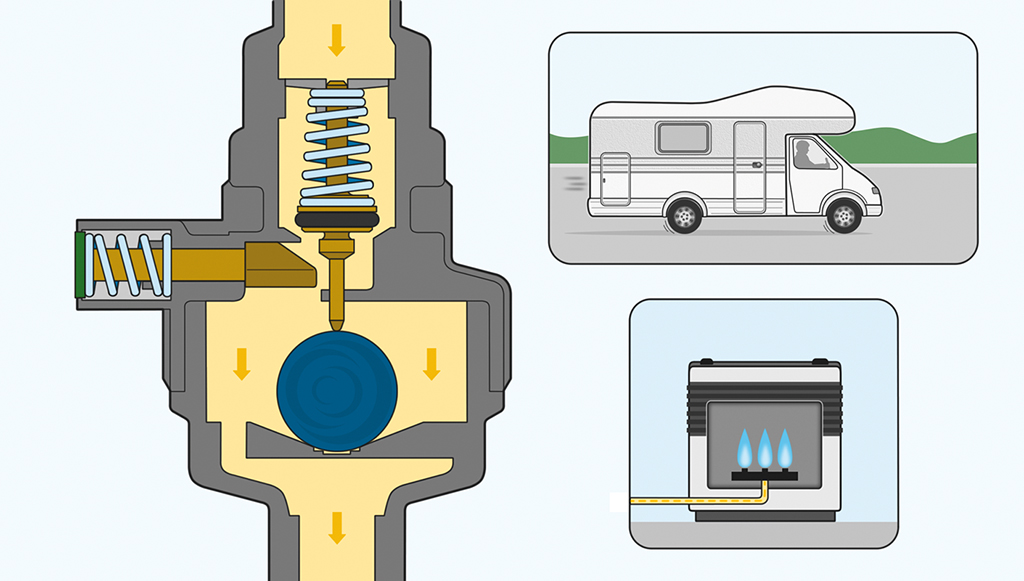Many campers do not want to miss the comfort and advantages of their gas system even while driving. For more than 10 years now, GOK has been offering an established solution for the safe use of the gas system while driving, in your camper, caravan, motor home, etc.
The systems sold in the past under the names “Truma MonoControl” (1-gas cylinder system) and “Truma DuoControl” (2-gas cylinder system) are now available in a technically unchanged and proven version as “GOK Caramatic DriveOne” and “GOK Caramatic DriveTwo”.
We have listed the most important questions and answers for you briefly and concisely.
What do I need the crash sensor for?
The so-called crash sensor is obligatory in addition to a hose rupture safety device (SBS) if the gas system in the leisure vehicle is to be used for heating or cooling, for example, while driving.
The crash sensor serves as a protection in case of an accident. The safety device immediately shuts off the gas flow and prevents unburnt liquefied petroleum gas (LPG) from escaping.
How does the crash sensor work?
First of all the reset button must be pressed to activate the system. This moves the valve unit to the open position. At the same time, a ball rolls into the designated position to hold the valve unit in the open position and thus allow the gas to flow.
In the event of a rear-end collision, for example, the ball leaves its original position and thus blocks the flow of gas. This happens at an impact speed of approximately 15 to 20 km/h.
More Information
If the gas heater on board is also intended to supply the vehicle with heat during travel, special safety devices must be provided to prevent gas escaping in the event of a possible traffic accident.




